Explore the vibrant world of tomatoes – a culinary superstar with a fascinating history!

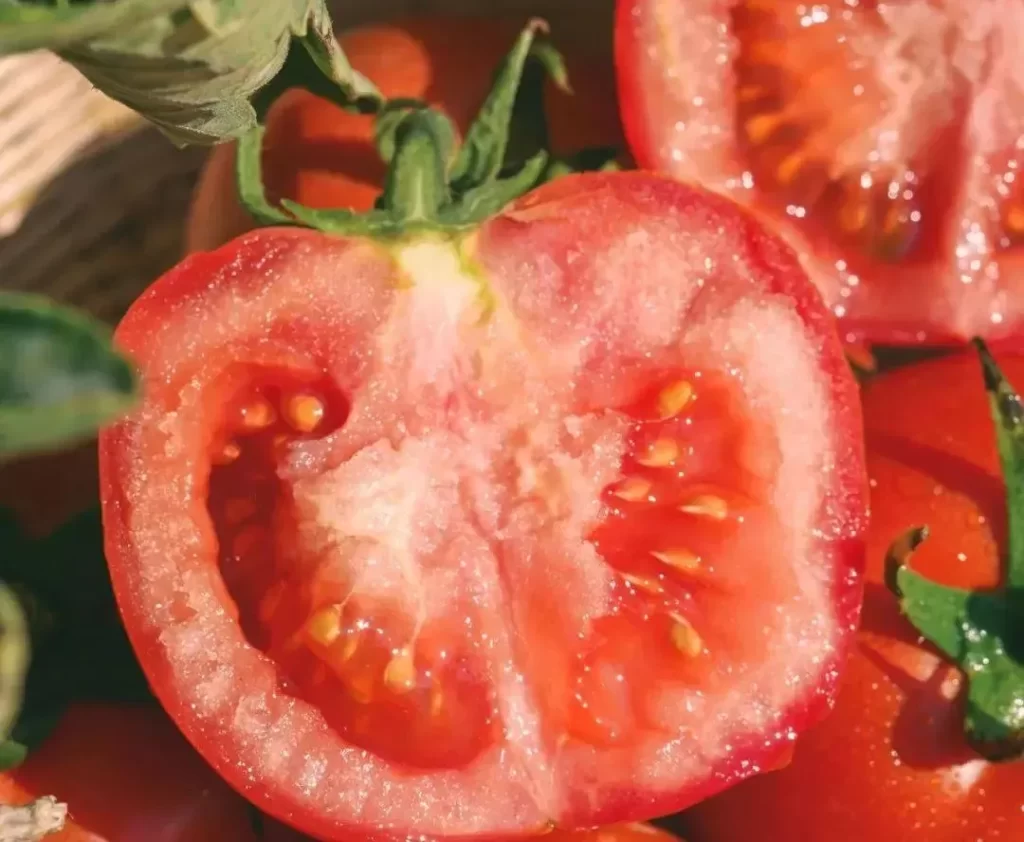
NO.1 Origins & Dual Identity
Native to South America, this versatile ingredient boasts numerous aliases: tomato, love apple, xihongshi, or yangshizi. Botanically a fruit but legally classified as a vegetable (per the 1893 US Supreme Court case Nix v. Hedden), it shines both raw and cooked.
- From Ornamental to Edible: Early tomatoes were small wild berries. Due to their bright color, Europeans once mistakenly believed them poisonous, dubbing them “wolf peaches” and growing them purely for decoration until the 1800s.
- Global Culinary Staple: Surprisingly, it took centuries for tomatoes to become kitchen essentials worldwide. Today, they’re foundational in cuisines from Italian pasta sauces to Mexican salsas.
- Growth Insights: For optimal tomato cultivation, consider premium nutrients like those in our Plant Food Collection.
(Knowledge tips about tomatoes) include mastering storage to preserve peak flavor.
NO.2 Science-Backed Storage Methods
Maximize freshness with these research-supported techniques:
- Avoid Refrigeration (Generally): Most tomatoes are harvested pre-ripe and continue maturing post-pick. Cold temperatures (below 10°C/50°F) inhibit ripening enzymes and degrade volatile flavor compounds. For best taste, store ripe tomatoes at 12-15°C (54-59°F).
- When Fridge is Necessary: If extending shelf life is critical:
- Place stem-end down to reduce moisture loss through the blossom scar
- Maintain 2-4°C (35-39°F) – the optimal range per UC Davis Postharvest Technology
- Never freeze: Temperatures below 0°C (32°F) cause irreversible cell damage
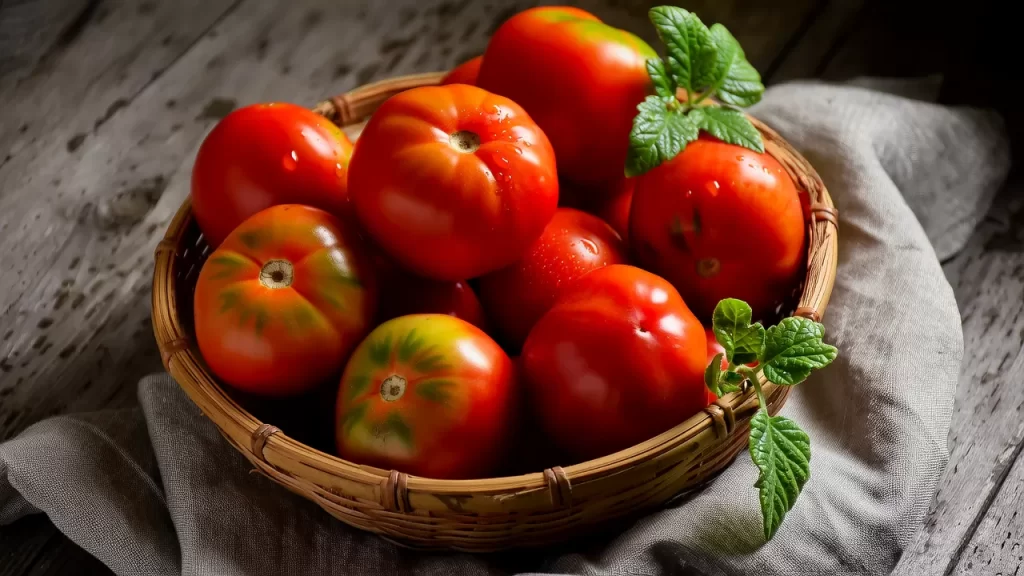
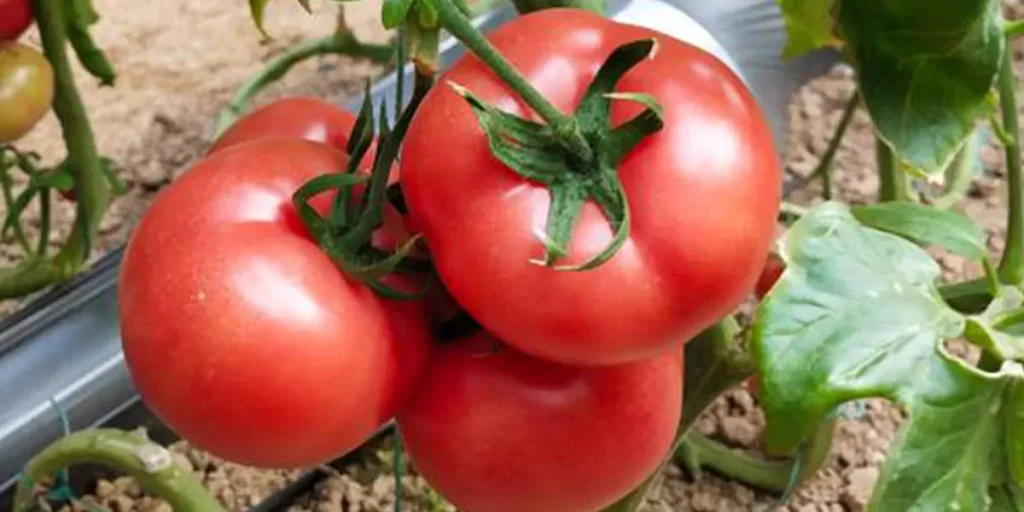
NO.3 Selecting Perfectly Ripe Tomatoes
Identify juicy, flavorful tomatoes with these visual cues:
- Shape & Texture: Choose uniformly round, plump fruits. Avoid those with pronounced ridges or irregularities which may indicate uneven growth.
- Color & Surface: Deep, vibrant coloring (varies by variety) indicates ripeness. Small whitish “sugar spots” signal higher sweetness according to Tomato Growing Forums.
- Blossom End: A slightly concave base with visible star-pattern ridges often correlates with excellent juiciness.
- Calyx Condition: While the “5 leaves tart, 6 leaves sweet” adage lacks scientific validation, fresh green sepals indicate recent harvest. Wilted sepals suggest prolonged storage.
(Knowledge tips about tomatoes) reveal impressive nutritional properties.
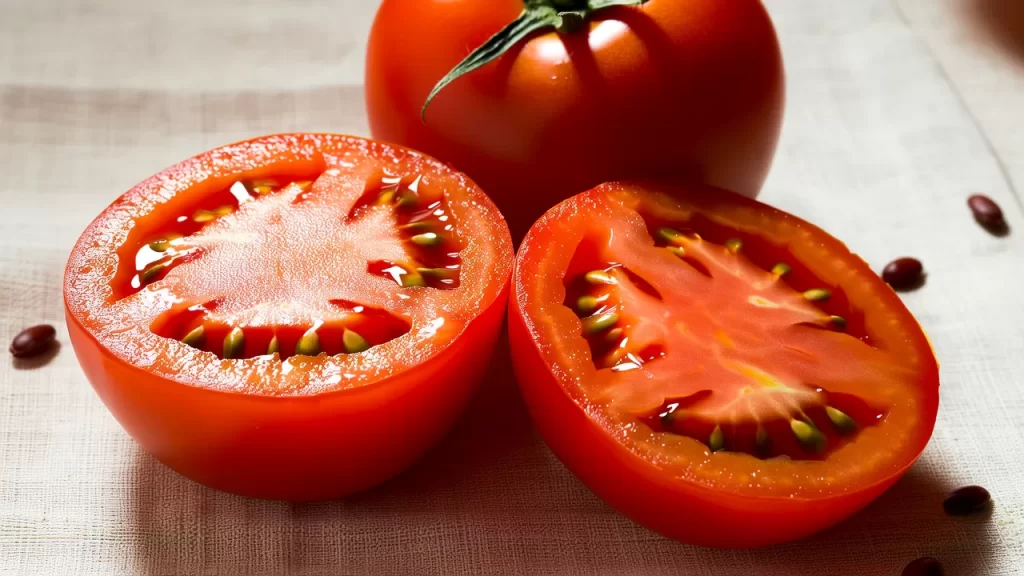
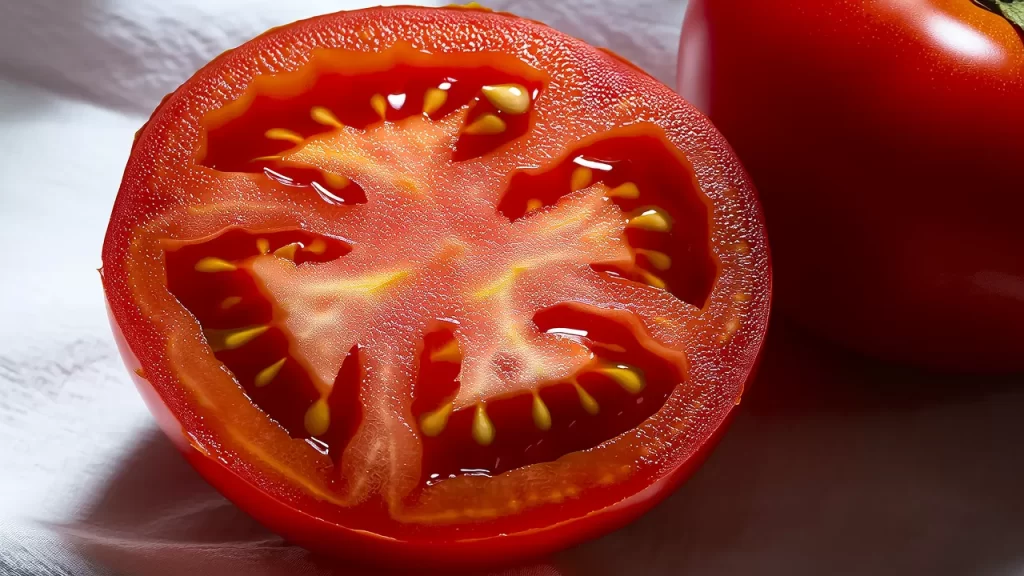
NO.4 Nutritional Profile & Wellness Support
Tomatoes deliver essential nutrients and bioactive compounds:
- Skin Health: Rich in vitamin C and lycopene, they may help combat oxidative stress from environmental exposures.
- Antioxidant Powerhouse: Lycopene (enhanced by cooking) demonstrates potent antioxidant activity in studies like this NIH Research Review.
- Digestive Support: Natural acids (malic/citric) stimulate gastric juices, potentially aiding protein/fat digestion.
- Nutrient Density: Excellent source of vitamin K, potassium, folate, and dietary fiber – all crucial for balanced nutrition.
Grow Your Best Harvest Yet!
Elevate your tomato cultivation with science-formulated products from our Gardening Solutions Hub. For professional growing insights, connect with us on LinkedIn.
